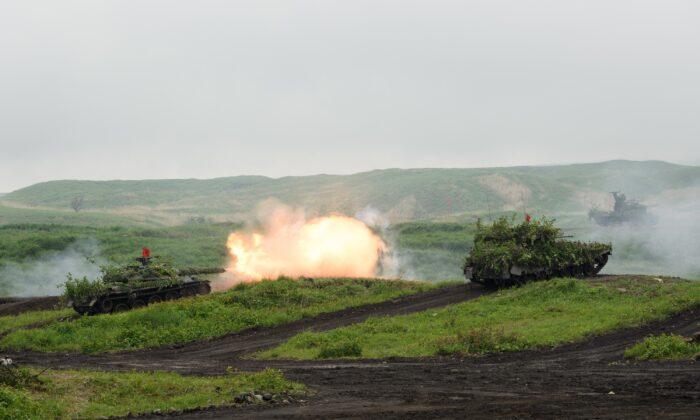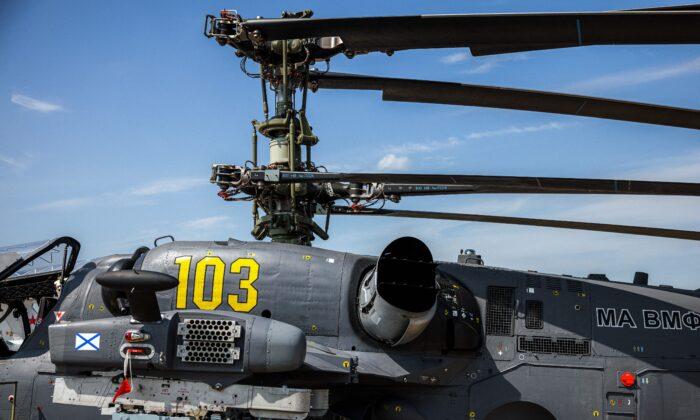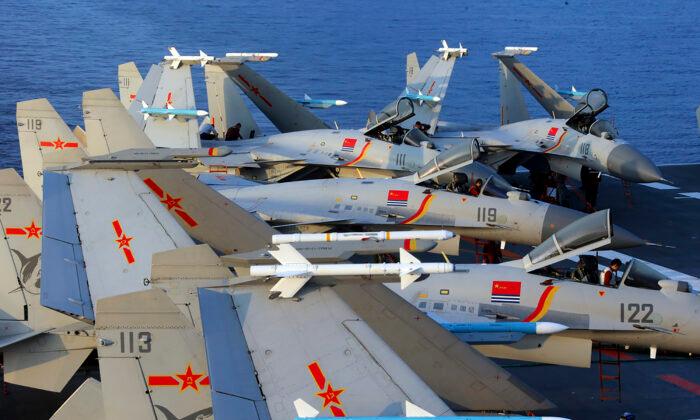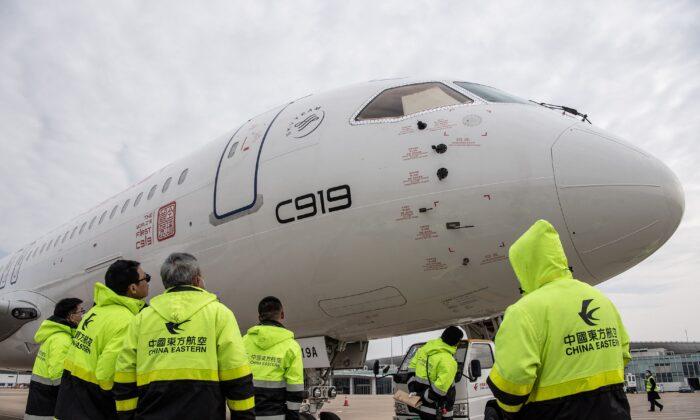The Russian invasion of Ukraine has exploded many myths, perhaps none more than the myth that, over the past decade or so, Russia has successfully transformed and modernized its armed force.
Instead, Russia failed to meet its initial objective of capturing Kyiv in the first few days of the war and was forced into a mortifying retreat from the northern part of Ukraine. Moscow’s later successes in capturing most of the four oblasts in Ukraine’s south and east—later annexing them in sham referendums—were stymied by a major Ukrainian counteroffensive late last year and a resulting stalemate.
What happened?
Besides overestimating Russia’s conventional military might, analysts both in Moscow and the West failed to understand how new technologies have fundamentally altered the metrics of military effectiveness on the battlefield.
Let’s begin with Russian military tactics, which relied initially on tank-heavy armored assaults—basically, blunt force. The Russian army felt that it could simply bulldoze its way into Kyiv. But this approach quickly fell victim to highly decentralized hit-and-run tactics by Ukrainian forces, armed with highly accurate and powerful antitank weapons, particularly the U.S. Javelin and the Anglo-Swedish NLAW.
At the same time, the Ukrainians were able to successfully employ armed drones against Russian forces. One unexpected and surprising source for such drones was Turkey and its Bayraktar TB2. At the beginning of hostilities, the TB2 was particularly effective at launching air-to-ground munitions, destroying Russian armor, multiple rocket launchers, surface-to-air missiles, and even patrol boats. The TB2 was thought to have helped in the sinking of the Russian cruise Moskva.


So have unmanned systems permanently and irrevocably changed the character and conduct of future war? Is it “all drones, all the time” now?
Not necessarily. In fact, we could be on the cusp of a major new development in the Russo-Ukrainian War that could bring back to the fore a quite familiar and formidable weapon system: the main battle tank.
The death of the tank has been predicted before. During the 1990s and the height of the so-called information technologies-led “revolution in military affairs” (Info-RMA), advocates poured scorn on the main battle tank. The future of warfare was centered around light, highly mobile, and “intelligentized” forces. As such, the tank was too slow, and too vulnerable. The Info-RMA was all about substituting speed for mass and trading information for armor.
The wars in Afghanistan and Iraq soon put lie to such an argument. In uncertain environments, wrapping oneself in layers of heavy armor was the smart way to go. Countries that had planned to scrap or reduce their tank forces soon found themselves buying more. Today, in fact, we seem to be in the midst of a “tank renaissance,” with exports of U.S. M1s, German Leopard 2, and South Korean K2 going through the roof.
Much of this is driven by expectations of a major spring offensive in the south and eastern Ukraine. The Russians are likely to revert to a classic military operation: major artillery barrages, backed up by large tank assaults. As a result, Kyiv has been begging the West for modern tanks. After a certain degree of foot-dragging (especially by Germany), NATO will soon be sending thousands of M1s, Leopard 2s, and British Challenger tanks to Ukraine.
The next wave in the Russo-Ukrainian War is likely to be a return to the “meatgrinder war,” with high casualties and the mass destruction of property. Drones and the Info-RMA promised highly focused, “pin-point” warfare. Sadly, it all comes back to total war—2023 promises to be both the year of the drone and the year of the tank.





